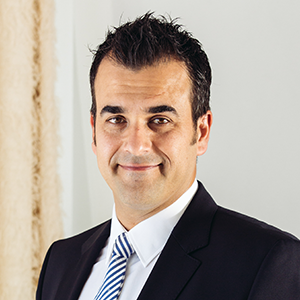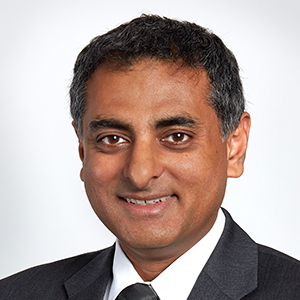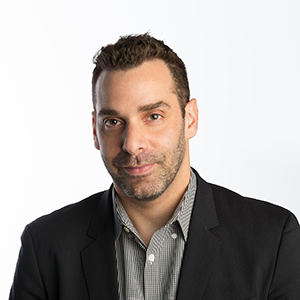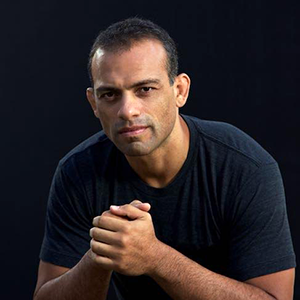Q: Tomer, SentinelOne recently raised $70 million from investors, bringing the total your firm has raised so far to $110 million. Why are investors so bullish about your company and the market segment in general?
Tomer Weingarten: As more enterprises and organizations continue to migrate away from antiquated antivirus technology that is simply ill equipped at protecting against an increasingly complex threat landscape, investors are recognizing that endpoint protection is poised to grab a lion's share of the billions of dollars that had once belonged to the antivirus market. This is a segment of the security market that is ripe for investment. What makes SentinelOne unique and what made our investors seek a partnership with us is that we go beyond prevention-only strategies for the endpoint. We offer a truly multi-layered approach that combines machine-learning, dynamic behavior analysis and automation that has been tested and proven to stop even the most advanced cyber threats.
Q: Jeremiah, you have been a pretty vocal advocate on the need for cybersecurity companies to offer product guarantees. Why is that important for enterprises? Why aren't more vendors offering such guarantees?
Jeremiah Grossman: One of the reasons I started exploring the idea of cybersecurity guarantees a few years ago was that I saw an increase in companies purchasing cybersecurity insurance policies, almost at the same rate that they were adding ‘new' budget for cybersecurity products. If a company is just as willing to take out an insurance policy as they are to buy a product, to me this is a signal that we have a serious credibility issue in our industry, and we have to face it. The cybersecurity market is a $75 billion market, give or take yet most vendors are unwilling to stand behind the efficacy of their products. Every other commercial product industry – from televisions to automobiles – offers its customers some type of warranty; software and cybersecurity are the only industries that do not, and this has to change. Customers should have the assurance that the product that they are buying will work as advertised.
I think one of the reasons why vendors are hesitant to offer a warranty or guarantee in this industry is the belief that security can never be 100%. While this is true, it misses the point. Automobile manufacturers and other industries that offer warranties also know that their products will never be 100% all of the time, but they also know the defect rate and can offer a warranty based on that. Cybersecurity vendors can do the same thing – we have that same type of defect data in our industry. Not offering warranties is an accountability issue in our industry and that also needs to change. SentinelOne and several others are starting to shift this with the ultimate goal of security product warranty or guarantee being the rule rather than the exception.
Q: Tomer, why should enterprises care about technologies like your Deep File Inspection (DFI) engine? What does it allow them to do, that they were not able to do before?
Tomer Weingarten: Our new DFI engine identifies and prevents malware while it is in a static state - without a signature - before it has a chance to execute a malicious payload. This makes the SentinelOne Endpoint Protection Platform the only solution to combine advanced static prevention with dynamic behavior-based detection within a single platform, regardless of operating system – MacOS or Windows.
Q: Our new DFI engine identifies and prevents malware while it is in a static state - without a signature - before it has a chance to execute a malicious payload. This makes the SentinelOne Endpoint Protection Platform the only solution to combine advanced static prevention with dynamic behavior-based detection within a single platform, regardless of operating system – MacOS or Windows.
Jeremiah Grossman: One of the main reasons I go to Black Hat every year is to find out about the latest attack techniques that the bad guys are using – or will likely use in the near future. There really is no better place than a Black Hat event to get this information from many of the best security experts in the world.
In terms of endpoint protection technology, I think we are continuing to see malware that is memory-based which means there are no binaries to scan and no signatures that can be used to protect against the latest strains. This does not bode well for traditional antivirus technology as we know, but it also does not bode well for endpoint protection platforms that don't use behavioral modeling and machine learning. Endpoint protection that cannot do either of those will not last.







